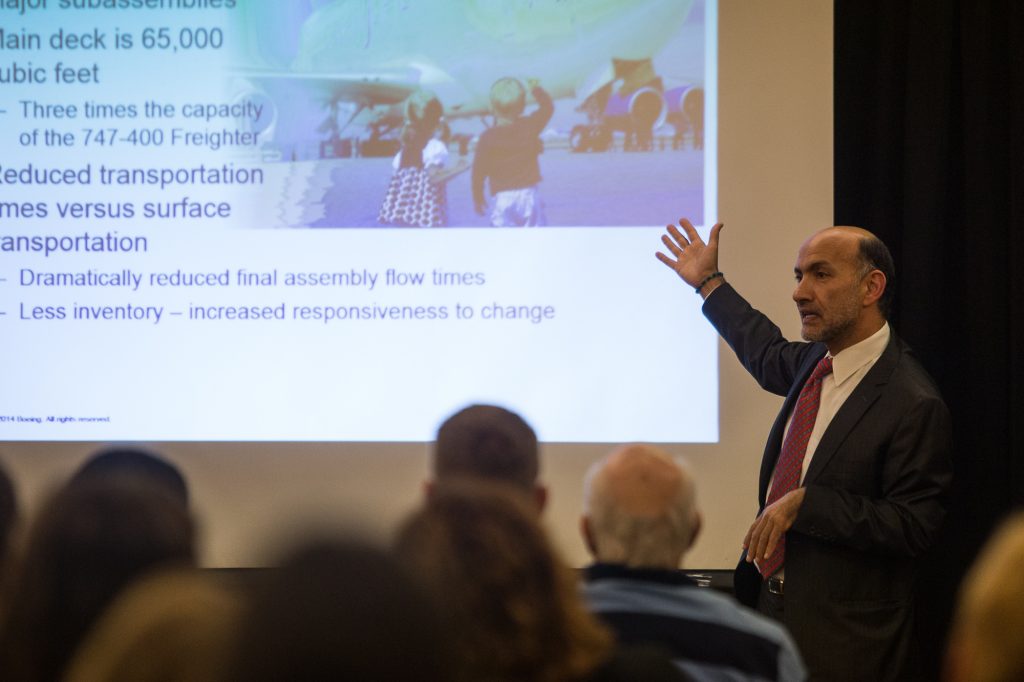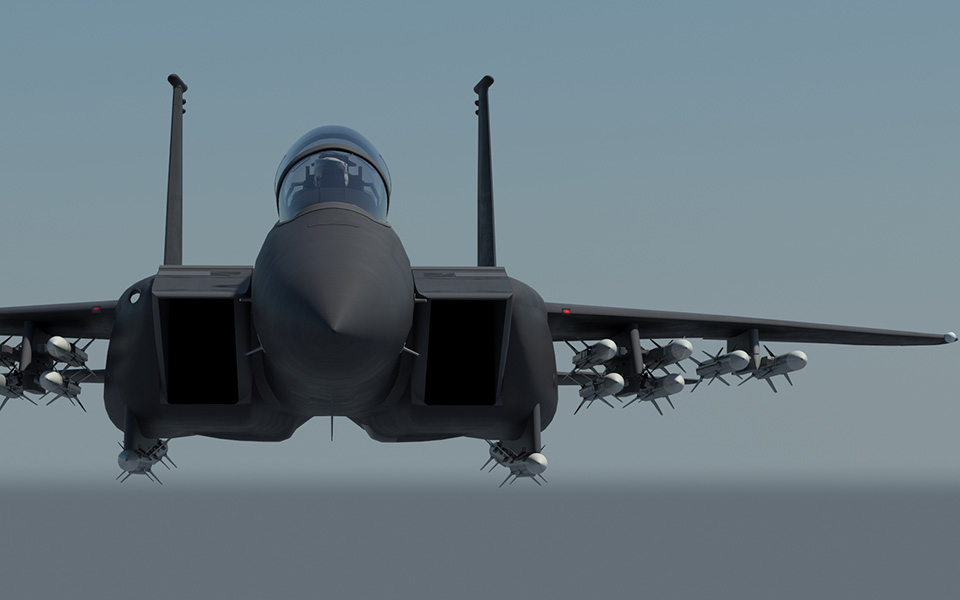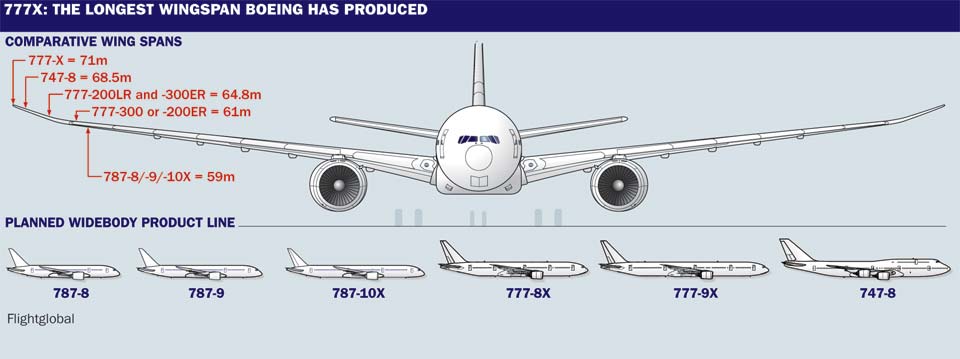The use of 3D printing technology at Boeing could seem futuristic to some, featuring as it does levitating objects and spacecraft. But this is par for the course according to one Boeing director, “I’m not going to stick around for someone’s dream to come true, we just have to do it” says Leo Christodoulou.

How the world’s largest aerospace company uses 3D printing
Christodoulou is the Director of Structures and Materials, Enterprise Operations and Technology at Boeing (NYSE:BA). During a presentation at Defence IQ’s Additive Manufacturing for Aerospace, Defense and Space conference he gave insights into how 3D printing is increasingly used at the world’s largest aerospace company and the largest U.S. manufacturing exporter.
Yesterday, the Pentagon announced one such new contract awarded to Boeing, a $679 mln deal that includes five F/A-18E Super Hornet aircraft. The Super Hornet features at least 150 parts made using the Selective Laser Sintering (SLS) method of metal 3D printing.

More than 50,000 AM parts are flying on Boeing aircraft, all bought their way onto the aircraft with a business case that justified putting them on the plane according to Christodoulou. The majority of these in-service parts are polymers, mostly nylon types, there also some composite type components.
However, whereas GE are focusing efforts on vertical integration, Boeing see substantial opportunity in supply chain and enterprise wide adoption. Given the company has a $65 billion supply cost base, there is potential to unlock remarkable value. “We want to see the supply base be efficient, productive and profitability,” says Christodoulou.
The advantages of additive manufacturing
Addressing the Innovative Technologies in Advanced Manufacturing Hearing Senate Committee on Energy and Natural Resources Christodoulou explained the advantages of additive manufacturing,
AM holds at least three promising advantages. First, AM enables designs with novel geometries that would be difficult or impossible to achieve using CM processes, which can improve a component’s engineering performance. Second, AM can reduce the “cradle-to-gate” environmental footprints of component manufacturing through avoidance of the tools, dies, and materials scrap associated with CM processes. Third, novel geometries enabled by AM technologies can also lead to performance and environmental benefits in a component’s product application.
Boeing began initial metallurgical activity for AM in 2001. By 2003 they had produced the F-15 Pylon Rib, what Christodoulou calls, “the biggest success story that exists” and now a textbook example of additive manufacturing’s advantage,
Aluminium pylon ribs for the F-15 Strike Eagle were failing prematurely and were in low supply owing to use of the fighters in Iraq. The Laser Additive Manufacturing (LAM) process was used to manufacture shop sets made from titanium in only 2 months, meeting the increased demand for aircraft mission availability, improved aircraft safety and extending the pylon part life by a factor of five.

The dot-AM revolution
The Boeing director dislikes some of the wishful thinking around 3D printing saying, “I don’t like the hype of one day we’re going to do this, good engineering will get us the parts on the aircraft.” Drawing on an often heard analogy about 3D printing and the history of computing he describes the ever increasing number of AM related enterprises and start-ups as, “a dot-AM revolution taking place.”
Remember this is no longer prototyping. I want to be able to know you can’t change anything in the system. We have hundreds of dot-AM ventures come to us, but unless I have a stable system it’s impossible for us to deal with.
Predicting a wave of consolidation in the 3D printing industry he adds, “it seems everyone is into it, at some point reality will set in and we’ll have a few players in metals, polymers etc.”
3D Printing will dominate tooling
This is another forecast for the future of additive manufacturing, and one based upon commercial reality at Boeing rather than crystal ball gazing. “AM will dominate tooling” claims Christodoulou, and to illustrate his point he describes a BAAM tool at Boeing that reduced build time to days from weeks, and cost by up to 70%. Pointing to a slide showing the Guinness Record holder for the largest 3D printed object he says, “we don’t do demo tools, this is a production tool for the 777X.”
Christodoulou continues to explain how additive manufacturing will change defense through novel design architectures and system and vehicle level integration with reduced weight, part cost and improved efficiency. Also changes will be seen through reduced design/build cycles where software and systems integration drive efficiency, although the impact will be lower than for commercial aviation.

However the most significant impact of AM in defense will be in automated production. The technology will allow for parts that have a low rate of production, frequently with gaps in manufacturing, to be produced when required. Sustainment over long post-production periods and the ability to accommodate mid-life upgrades, “will benefit from Design for AM,” according to Christodoulou.
Closing his presentation Christodoulou addresses the industrialization of AM and his pragmatic vision, “Keep it simple. Do we know everything? No. But we have 50,000 parts flying today. And zero are there because of a demo.”
For the latest insights into additive manufacturing, subscribe to our newsletter here and follow our active social media accounts.
Featured image shows the 777x, Boeing’s future of flight.



